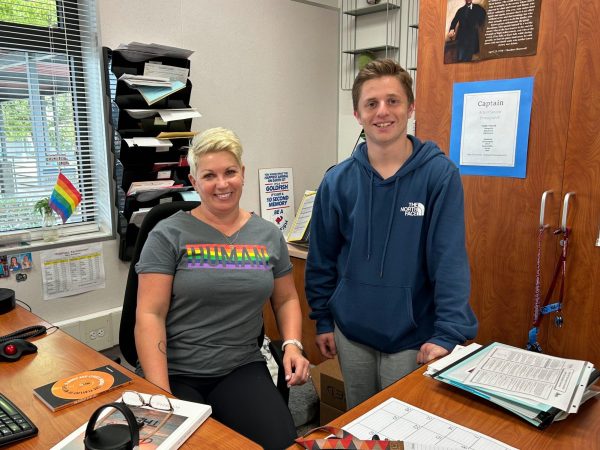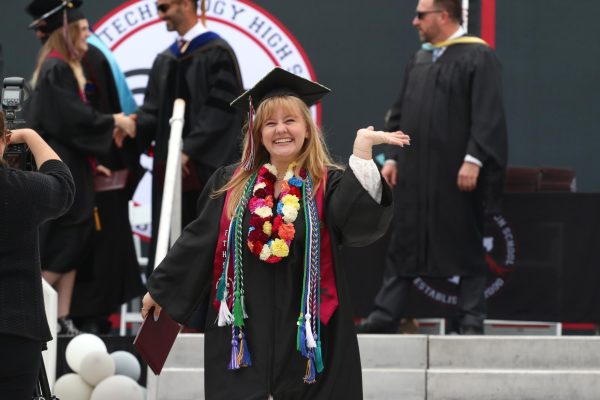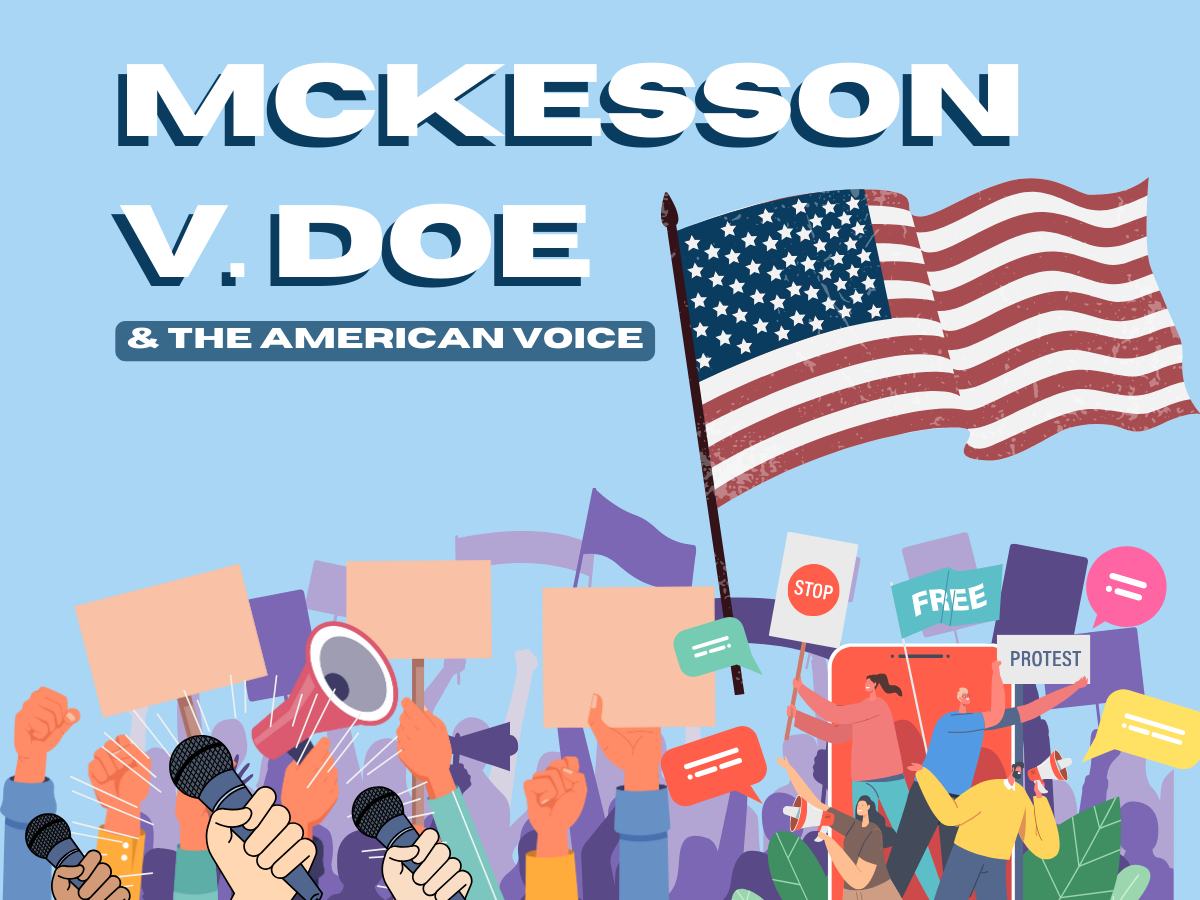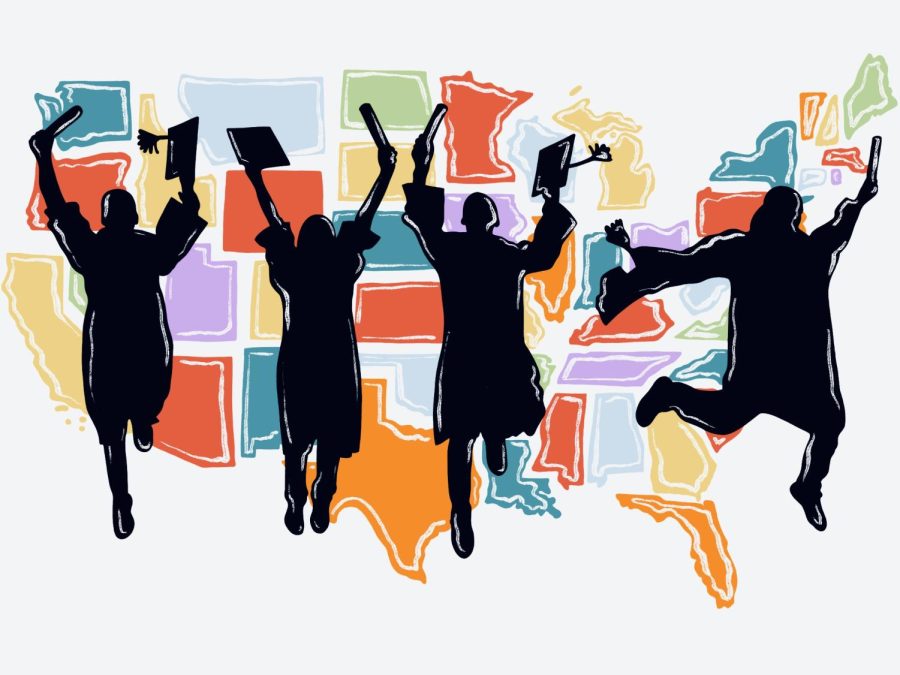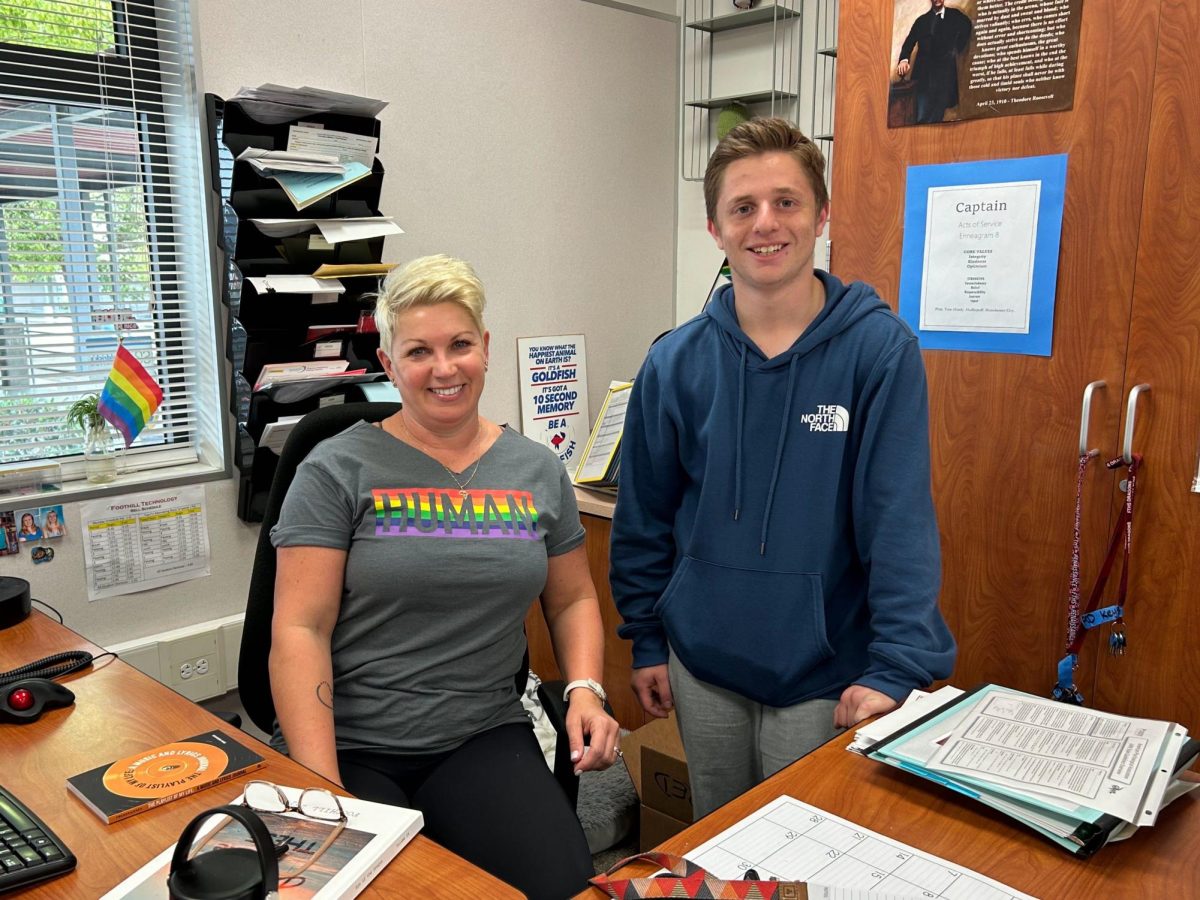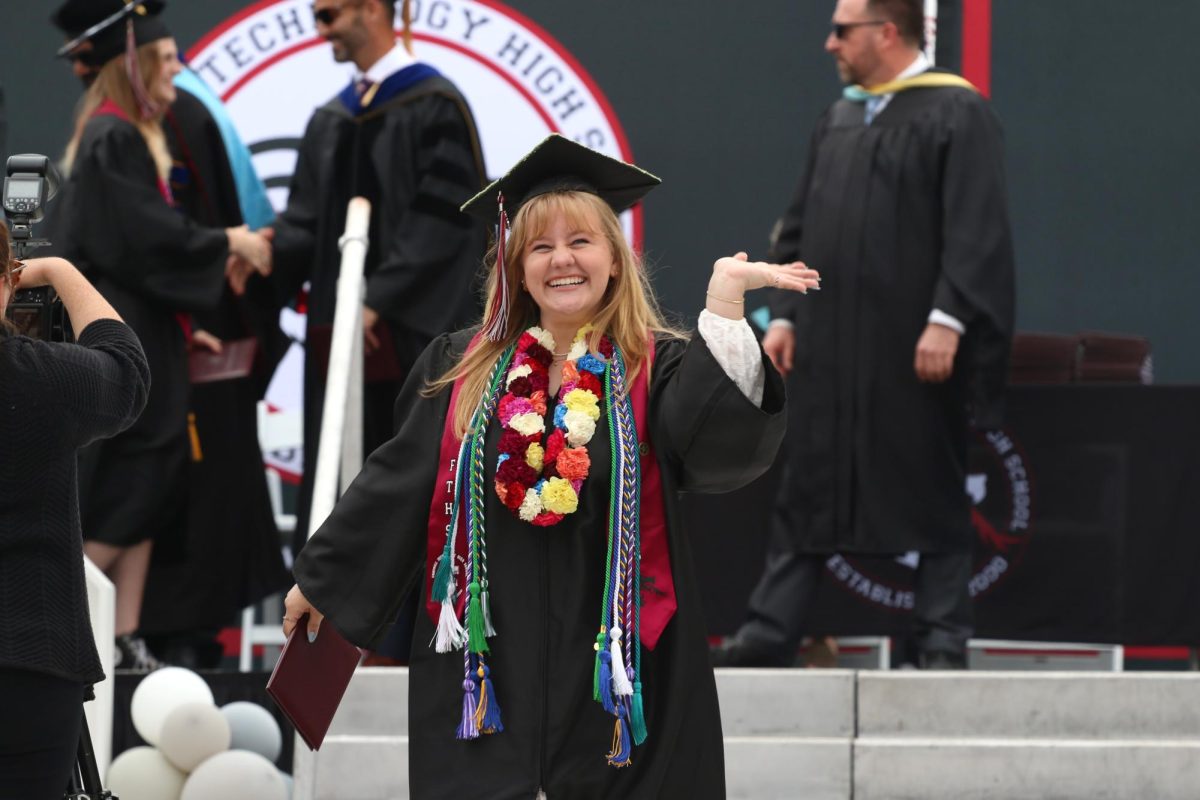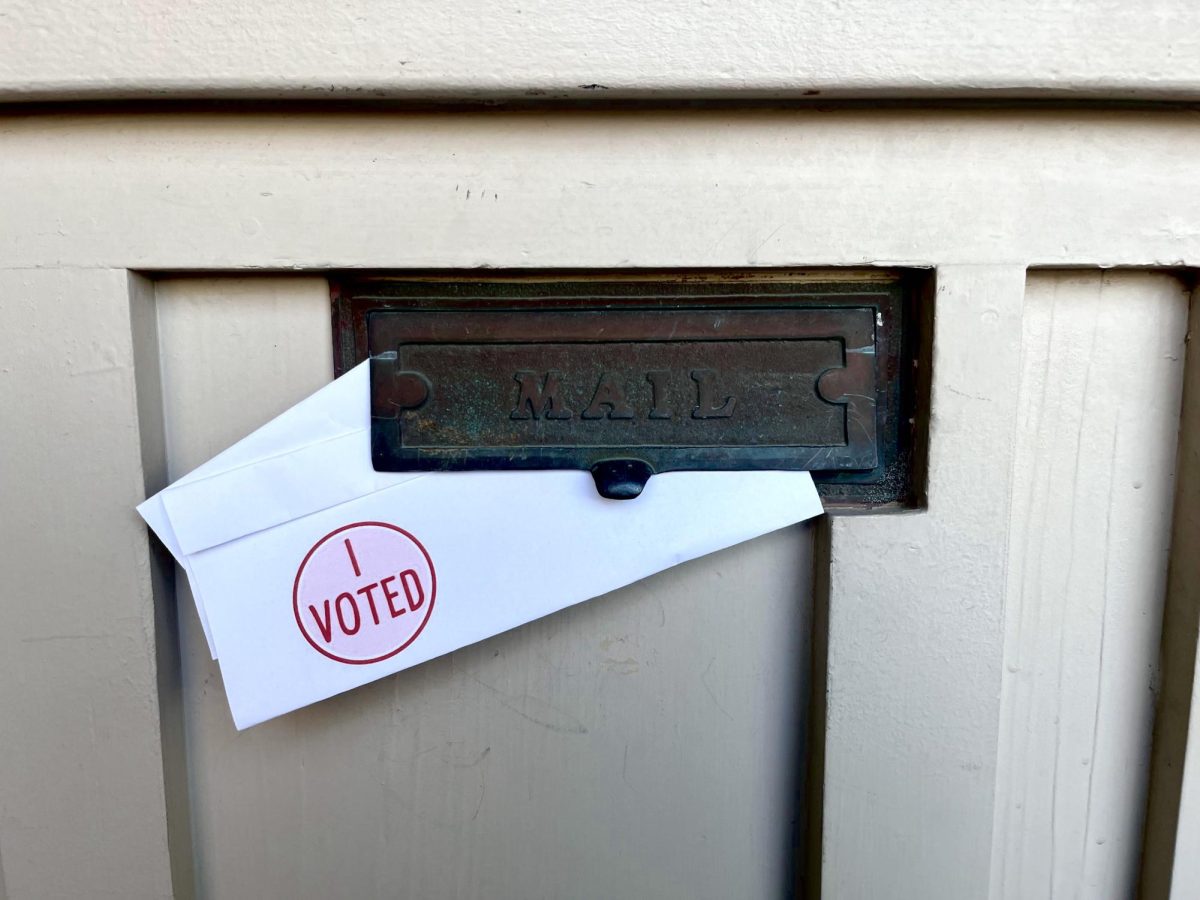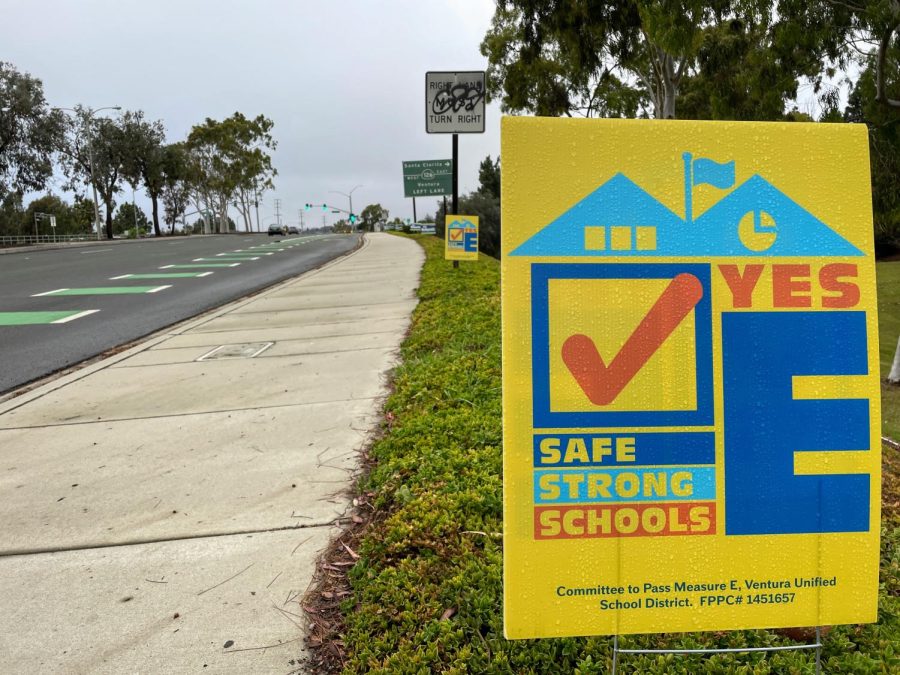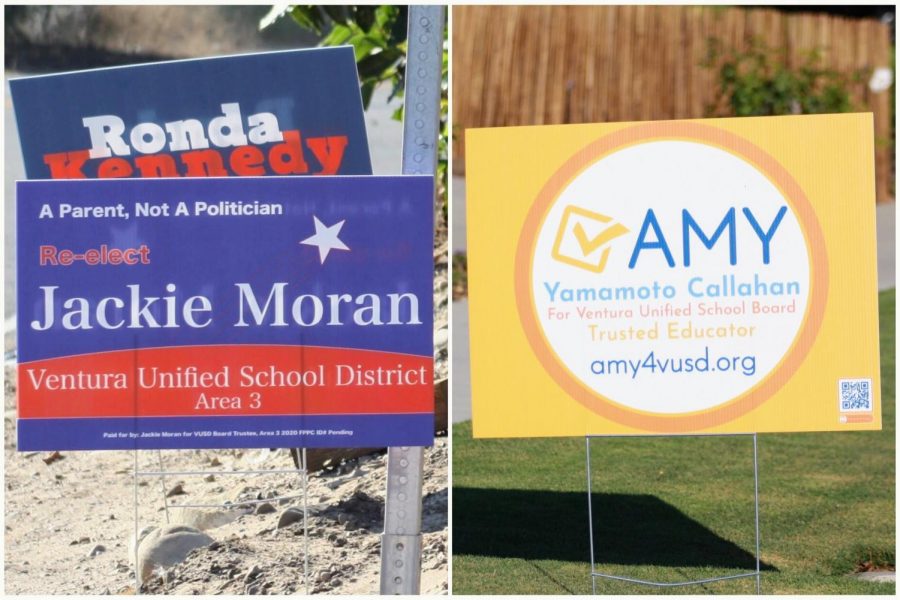Is it time for Taco Tuesday? Wait, it’s Super Tuesday! The much anticipated March 5, 2024 was the California primaries, which include primaries for the U.S. California senators, representatives, California state senate and on the presidential level, as well as Proposition 1. On the Foothill Technology High School (Foothill Tech) campus, seniors who have turned 18 casted ballots to play their parts as citizens and raise their voices.
First time voting?
Learning how to vote isn’t necessarily the simplest process, but the teachers of Foothill Tech’s Advanced Placement United States Government and Politics (AP Gov) and College Preparation government classes, Cherie Eulau, Daniel FitzPatrick (Fitz) and Richard Geib, help their students pre-register and register to vote per the requirements of a Ventura Unified School District (VUSD) mandate.
Although not all students go on to vote, either because of personal reasons or ineligibility, it is a crucial first step to promote younger voices in the predominantly older voter demographic in the United States. According to the Pew Research Center, only 36 percent of voters were under the age of 50 in 2022. Therefore, policies like the one mentioned above are key steps forward to encouraging more students to learn how to vote responsibly.
Addison Buck ‘24 stated, “I feel like [Foothill Tech] and VUSD as a whole is definitely encouraging when it comes to voting. Especially within AP Gov, I feel like I have gotten a lot of guidance as to how the process works and why my vote is important.” I really appreciate that the teachers … are super supportive and very willing to answer any questions I do have. — Addison Buck ‘24
Geib elaborated by explaining how he and his class continue to learn about “the landscape in terms of primaries, conventions in the summer and elections in the fall,” despite having moved on from learning about government to economics. To further engage students, Fitz’s students take surveys on voting.
For those looking for more information, many chose to research outside of the classroom to prepare to vote, whether it’s by looking up the candidates, watching debates or reading up on how previous contributions have affected them.
The significance of student voters
With such disproportionate underrepresentation amongst U.S. voters, the younger population struggles to make itself heard from a swamp of so many other clamoring voices. However, the contributions of student and young adult voters are vital to the successful selection of appropriate members of government as they bring up a different range of issues to be addressed. New opinions can also bring more diversity and open-mindedness, allowing a country to be better equipped to adapt in the face of big changes.
Student voters are also vital to the voting process because “they are the new generation and are voting for things that they want to see in their future,” Guadalupe “Lupita” Gonzalez ‘24 stated.
Natalie Schermer ‘24 expressed, “One thing that I’d like to see more of is discussion about gun regulation and what candidates plan to do to make public places safer.”
Although this has been an ongoing subject across all of the states, there are still 13 states that allow the open carry of guns without a permit. The fact that 2023 saw nearly 350 school shooting incidents across the U.S. also doesn’t do much to soothe the feelings of elementary, middle and high school students, as well as concerned parents.
Another up-and-coming topic amongst younger demographics is climate change. Not only do students learn more about the subject in school, but they and their future families also have the potential to be more heavily impacted by climate change’s effects which raises relevance.
Besides addressing climate change, Buck also brought up, “healthcare, including general healthcare reform, drug prices, and expanding access to reproductive health.” As students graduate and become young adults, it has become notoriously difficult to buy a house or try to pay for skyrocketing healthcare prices.
How we can encourage more student voters?
Eulau offered that younger people may find it more difficult to vote as candidate forums are usually in the evenings when people are busier. Additionally, college students who move out of state may not be registered to vote where they attend school, which could add another obstacle.
If you don’t vote in numbers proportional to your demographic — in this case, age — then politicians don’t care about your issues.
— Cherie Eulau
Furthermore, the current methods for reaching out to the U.S. populace can feel obsolete and turn younger voters away. Buck stated, “I believe that many voters my age would agree that traditional methods of advertising often feel outdated and inauthentic, which I think often turns young voters off from these candidates.”
Younger people can also feel isolated and polarized from the generally older political field. For example, the New York Times noted that “There’s no getting around the fact that Donald Trump and President Biden are senior citizens and therefore may have trouble convincing young voters that they’re attuned to their concerns.”
However, with Millennials and Generation Z (Gen Z) increasingly making up a larger percentage of eligible voters in the U.S., campaigns will have to turn towards newer methods, such as advertising on social media.
Interestingly enough, there also has been an observed increase in youth voter turnout. According to the Center for Information and Research on Civic Learning and Engagement at Tufts University (C.I.R.C.L.E.), “28% of young people voted in the [2018] midterms, the highest youth turnout for a midterm cycle in decades.” More recently, a remarkable 50 percent of young people cast a ballot in the 2020 presidential elections, and the 2022 midterm elections saw 23 percent of young people vote (a slight drop from 2018, but nevertheless the second highest youth turnout rate for a midterm after 2018).
So, although whether or not voter turnout will continue to see an upward trend is still up for contention, go vote! It’ll certainly make it more intriguing to see the results.









